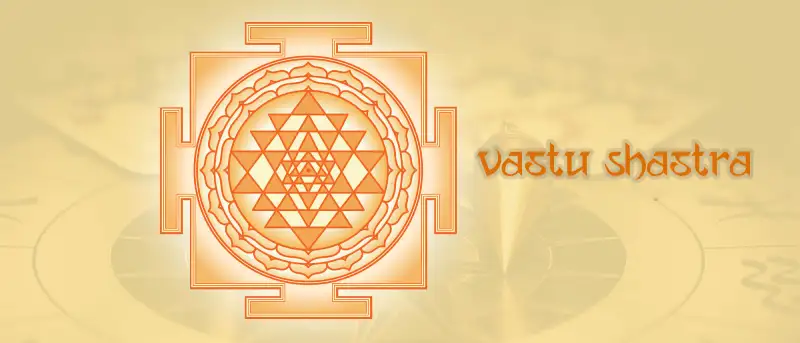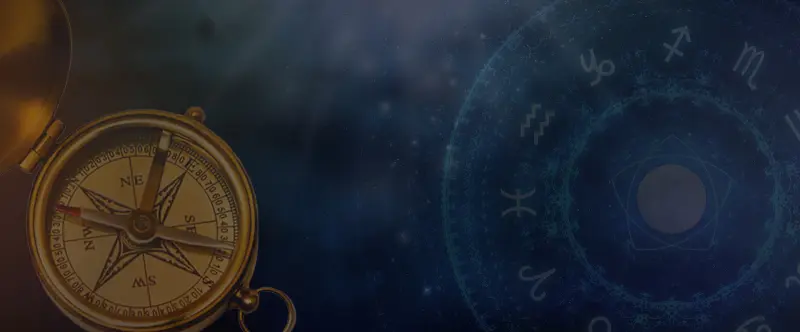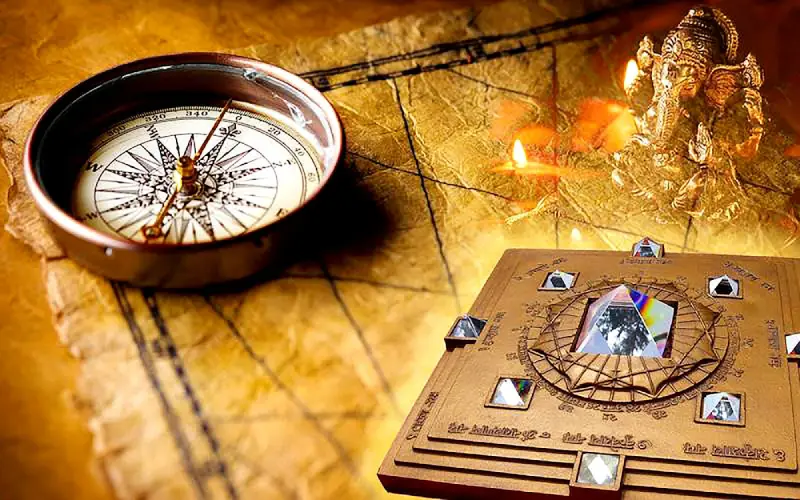Vastu Shastra commonly known as the Indian science of architecture has long been a tradition of Indian society. It deals with the balance of the energy in the rooms through incorporating proper designs in order to create healthy, wealthy, and happy lives.
However, there is an ongoing debate meaning that Vastu is a proper science or simply another superstition. This blog will further discuss what Vastu Shastra is, when and how it was developed, and for and against Vastu Shastra being a science.
International Research on Vastu Shastra
This system of architecture Vastu Shastra is part of an Indian extended tradition that goes back more than 5000 years. It stemmed from the Vedas, which are among the earliest sacred scriptures of the Indians.

The term “Vastu” refers to a dwelling or house while “Shastra” stands for a science or teaching; hence, Vastu Shastra is rendered as a science of dwellings.
Have a look at Vastu for Black Horse Shoe.
Principal Concepts of Vastu Shastra
The fundamental concept of Vastu Shastra mainly includes the five elements and the direction in which they should be placed. Some key principles include:

- Orientation: Rotation is 90 degrees, which is important because of the means of positioning of a building or a number of rooms. For instance, people firmly believe that the main door should be located to the North or the East for admissions of positive energy.
- Elements: For that reason, the organization of the five elements according to the cardinal points is described as the teaching concerning balance. For instance, according to the five elements, fire which can be symbolically associated with the kitchen should be placed in the southeastern part of the residence.
- Spatial Arrangement: The arrangement of rooms and spaces, furniture as well as other items physically must be in a way to enable smooth flow of prana in the house.
Historical Context
Following the principles of Vastu Shastra are tried on construction of temples, palaces as well as homes to the current age of India.

Vastu Shastra is well practiced even in the present age and many structures like the Indian temples in South India and the Forts in Rajasthan are constructed with the help of Vastu.
According to the supporters, these buildings possess wonderful defensive structure and proportional elegance due to the teachings of the principles of Vastu.
You Can also look at vastu chart.
Vastu as a Science

Alignment with Natural Laws
The chief assertion that Vastu Shastra is science is made from the simple fact that it sort of operates on the principles of mechanics; it is formed from a system that works on the laws of nature and deploys the use of the surroundings to enhance health.
They say that Vastu principles are similar to the principles of today’s environmental psychology and feng shui, which are concerned with such influence, stating the relationship between the environment and people, their mental, and physical health.
Empirical Observations
Vastu Shastra’s proponents also use performance evaluations, and some examples and samples that have claimed individuals’ health, finance, or relationship statuses improved after implementation of Vastu Shastra.
They argue that these real life instances go on to support Vastu’s claim to be a science as an authority.
Modern Adaptations
Over the past few years, people have viewed an increased interest in Vastu Shastra and many architects and interior designers have practiced Vastu Shastra in their new models.
A few papers have also attempted to assess the positive impacts of practicing Vastu compliant designs on the occupants, identifying that it can be an effective resource in sustainable and people oriented architectural concepts.
Read about – Buddha statue for home vastu
Vastu as Superstition

Lack of Scientific Validation
Vastu Shastra opponents say it has not been scientifically proven; some say it is 5,000 years old and prove it. They also have noted that there is generally less research studies by Vastu enthusiasts which are published in reputed scientific journals.
According to them, if there is no empirical evidence for the science, it cannot be deemed genuine in the same way that Vastu Shastra does not warrant such classification.
Cultural and Religious Influences
Critics also argue that Vastu Shastra has obvious connections with cultural and religious ideals, and such factors may either affect people’s attitudes to the principles mentioned or determine their interest in it.
They claim that systematically, a significant portion of the guidelines is founded on myths or superstitions rather than science.
Subjectivity and Variability
Another criticism that can be made is that the recommendations regarding appropriate use of space according to Vastu are quite subjective as well as variable.
Notably, one will find a horde of Vastu consultants who will provide divergent recommendations on the same space, and this leads to convulsions among the public. Such contradictions weaken Vastu Science and its application.
- The Middle Ground: The holistic system of thought and practice referred to as Vastu.
You should also know – Vastu compass
Integrative Perspective
Others are more moderate when considering Vastu Shastra as more of principles that have a scientific base, artistic expression, and also spiritual earthiness.

Therefore, they stand on the weak ground of claiming that though some of the ideas of Vastu may not have scientific backing, it must be remembered that the concept of Vastu is holistic and can be beneficial since it will make people focused and stressed free, and the environment will be positive.
Practical Applications
There is an understanding that some of the principles of Vastu are quite reasonable and correspond to the modern requirements for the construction of buildings.
For instance, adequate airing, sufficient light, and a tidy up home are some of those practices that are well accepted globally to be necessary for a healthy environment where people live.
Here is feng shui bracelets.
Conclusion
It is certain that the controversy regarding Vastu Shastra as science or superstition will go on. On one hand, it claims the historical background and correspondence to some laws of nature; on the other hand, it is somehow close to science fiction.
On the one hand, there is weak scientific evidence, and, on the other hand, the impact of culture and SCW cannot be considered minor.
Regardless of whether one saw Vastu Shastra as a science, a superstition or something in between, one has to acknowledge the importance of Vastu Shastra even today in Indian culture and architecture.
Personally I believe that for those who are seeking answers through Vastu, one has to be open-minded in both the theory and practice of Vastu and its applicability.


